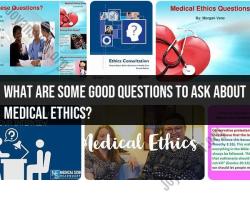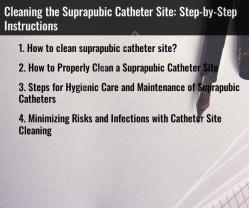How do you check lung sounds?
Assessing lung sounds is a fundamental skill for healthcare providers, enabling them to identify potential respiratory issues and provide appropriate care. This comprehensive guide offers step-by-step instructions on how to effectively check lung sounds and interpret their significance.
Introduction to Lung Auscultation
Lung auscultation involves listening to the sounds produced by the respiratory system using a stethoscope. It is a valuable diagnostic tool for evaluating lung health and function.
Equipment Needed
To check lung sounds, you'll need:
- Stethoscope: Choose a high-quality stethoscope for clear and accurate sound transmission.
- Quiet Environment: Perform the assessment in a quiet room to minimize external noise interference.
Steps to Check Lung Sounds
1. Position the Patient
Ensure the patient is sitting or lying comfortably. For a thorough assessment, ask the patient to expose their upper body.
2. Apply the Stethoscope
Place the earpieces of the stethoscope in your ears and position the chest piece on the patient's chest. Use the diaphragm for high-pitched sounds and the bell for low-pitched sounds.
3. Listen to Different Lung Fields
Divide the chest into different lung fields: upper, middle, and lower. Start with the upper lobes and move downward.
4. Instruct the Patient to Breathe
Ask the patient to take slow, deep breaths through their mouth. Instruct them to breathe normally, deeply, and then with short breaths.
5. Identify Different Lung Sounds
Listen for various lung sounds:
- Vesicular Sounds: Soft and low-pitched sounds heard during normal breathing.
- Bronchial Sounds: Louder and higher-pitched sounds heard over the trachea.
- Crackles (Rales): Discontinuous sounds indicating fluid accumulation or inflammation.
- Wheezes: High-pitched sounds caused by narrowed airways.
- Stridor: High-pitched sound during inspiration, indicating airway obstruction.
Interpreting Lung Sounds
Interpretation involves:
- Comparing sounds from different lung fields
- Noting any abnormal sounds, asymmetry, or changes
- Considering the patient's clinical history and symptoms
Documentation and Reporting
Accurate documentation of lung sounds is crucial for medical records. Include:
- Location of abnormal sounds
- Type and quality of abnormal sounds
- Changes over time
Conclusion
Mastering the skill of checking lung sounds is essential for healthcare providers to identify respiratory abnormalities and provide timely interventions. By following proper techniques, conducting a systematic assessment, and accurately interpreting lung sounds, healthcare professionals play a vital role in promoting respiratory health and well-being.












